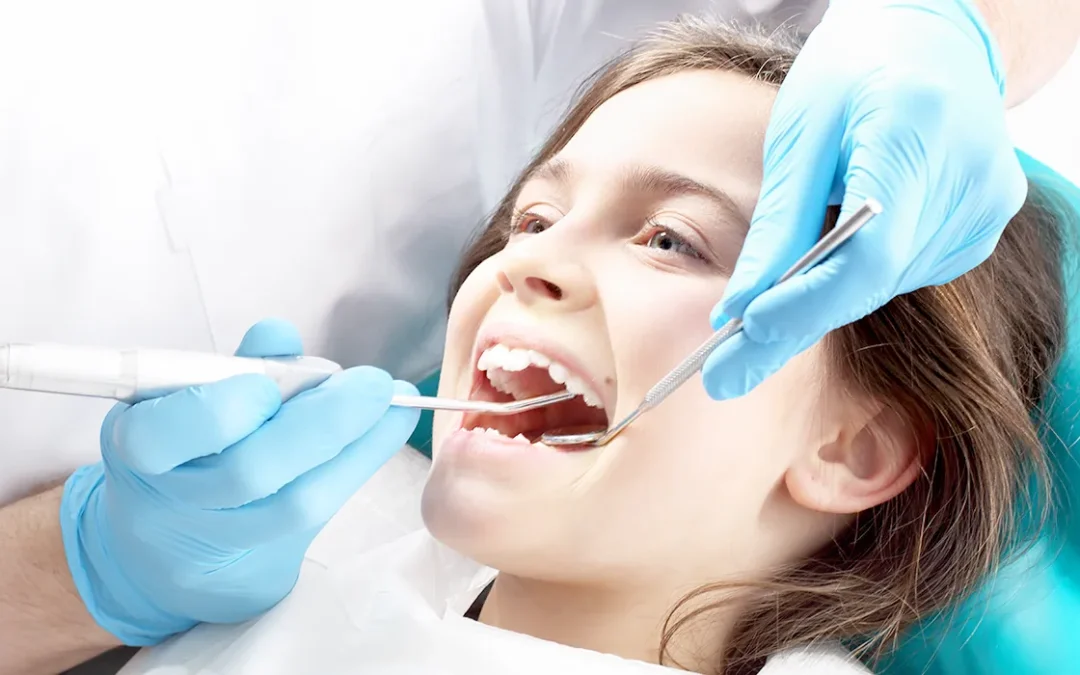A badly aligned bite can mess with more than just your smile’s appearance. Untreated malocclusion—where teeth and jaws don’t align properly—can lead to serious oral health issues, from difficulty chewing to increased risks of decay and gum disease.
But that’s not all. Malocclusion can also cause worn-down teeth, jaw pain, speech difficulties, digestive problems, and a higher risk of dental injuries. Addressing these concerns early enhances your appearance and protects your long-term dental health.
What is malocclusion?
Malocclusion refers to the improper alignment of the upper and lower teeth when the jaws are closed. It can manifest in various forms, such as overbite, underbite, crossbite, open bite, crowding, and spacing issues. While some cases are mild and may not require treatment, severe malocclusion can cause significant dental and health problems.

Common types of malocclusion

- Overbite: When the upper front teeth excessively overlap the lower front teeth.
- Underbite: When the lower teeth extend beyond the upper teeth, giving a protruding jaw appearance.
- Crossbite: When some of the upper teeth sit inside the lower teeth rather than outside.
- Open bite: When the upper and lower front teeth do not touch when the mouth is closed, leading to a gap.
- Crowding: When there is insufficient space in the mouth for teeth to align properly, causing overlapping or rotated teeth.
- Spacing issues: Gaps or spaces between teeth due to missing teeth or an abnormal jaw structure.
Reasons for malocclusion
Malocclusion can be caused by various genetic and environmental factors, including:
- Heredity: Genetic factors play a significant role in jaw and teeth alignment.
- Childhood habits: Prolonged thumb sucking, pacifier use, or tongue thrusting can contribute to misalignment.

- Jaw development issues: Abnormal growth of the upper or lower jaw can lead to bite problems.
- Tooth loss: Missing teeth due to injury, decay, or extractions can cause shifting and misalignment.
- Poor oral habits: Nail-biting, prolonged bottle-feeding, or excessive chewing of objects can contribute to improper alignment.
- Tumours or cysts: The presence of growths in the mouth or jaw can alter bite alignment.
Risks from untreated malocclusion
Misaligned teeth can create tight spaces and overlapping areas that are difficult to clean properly. Plaque and food debris can accumulate in these areas, increasing the risk of cavities and gum disease (gingivitis and periodontitis). Poor oral hygiene due to malocclusion can lead to chronic inflammation and even tooth loss.
When teeth do not meet properly, some teeth bear more pressure than others during biting and chewing. This can lead to excessive wear, enamel erosion, and even fractures. Over time, worn-down teeth can cause sensitivity and increase the risk of further dental damage.
Malocclusion can put undue stress on the temporomandibular joint (TMJ), leading to discomfort, pain, and disorders such as TMJ dysfunction. Symptoms may include headaches, jaw clicking, difficulty opening and closing the mouth, and muscle pain in the face and neck.
Poorly aligned teeth can make it difficult to chew food efficiently, leading to improper digestion. Inadequate chewing can cause digestive problems, including bloating and stomach discomfort, as food is not broken down properly before reaching the stomach.
The alignment of teeth plays a crucial role in articulation and pronunciation. Severe malocclusion can cause speech impediments, such as lisping or difficulty pronouncing certain sounds, which may affect communication and self-confidence.
Protruding teeth, commonly seen in cases of severe overbite or open bite, are more prone to trauma and fractures in accidents or falls. Children and athletes with untreated malocclusion may face higher risks of dental injuries.
Mayhem beyond oral health
Untreated malocclusion doesn’t just affect your teeth — it can take a toll on your overall health and wellbeing. Chronic jaw pain and headaches can increase stress and reduce quality of life. Meanwhile, poor oral hygiene caused by misaligned teeth raises the risk of systemic infections and has even been linked to conditions like cardiovascular disease.


What you can do for malocclusion
Fortunately, malocclusion can be corrected with timely intervention. Treatment options vary depending on the severity of the misalignment and may include:

- Orthodontic treatment: Braces, clear aligners, and retainers help reposition teeth gradually.
- Dental restorations: Veneers, crowns, bridges, and dental implant can improve alignment and function.
- Tooth extractions: Removing overcrowded teeth can create space for proper alignment.
- Orthognathic surgery: In severe cases, corrective jaw surgery may be necessary.
Correct your bite for lasting oral health
Ignoring malocclusion can lead to long-term damage—not just to your smile, but to your overall health. The earlier you seek diagnosis and appropriate treatment, the better your chances of avoiding complications like pain, decay, and jaw dysfunction.

If you or your child shows signs of a misaligned bite, book a consultation with your dentist or orthodontist today. Taking action now means fewer problems later—and a healthier, more confident smile for life.

